You can think about these in three categories: 1) keepers, 2) droppers, and 3) fixers.
- Elements you bring to an online environment relatively unchanged are considered
- Elements that may be helpful in a traditional classroom but are cumbersome or ineffective in an online environment should be abandoned or dropped (i.e., droppers).
- Elements that are good in principle or have positive aspects but need transformation to work in an online environment are
How do you start the process of identifying keepers, droppers, and fixers? First, think about a typical day, and list all the class events or happenings you can think of—course-related and nonacademic, such as taking attendance. Then, consider your typical week and the events through which you lead your class (e.g., classroom clean-up or class meetings). Next, think about longer stretches of time and events that come once per semester or once every school year (e.g., organizing for Spirit Week). Make note of what you do to handle these events most efficiently. This exercise will provide you with your pool of potential keepers, droppers, and fixers. If you’re new to online teaching, this is a great time to collaborate with other teachers, support staff, curriculum specialists, and administrators.
After you form your pool of events and identify what you do to manage them efficiently, consider the following key questions: What is currently working for me? What is not working so well? How might these routines work in an online environment?
Keepers
Which of your routines can be kept intact in an online learning environment? These are keepers. Using routines and procedures that have been helpful in the past will elevate your comfort level while teaching online because of the familiarity inherent in a tried-and-true procedure and the time saved. It can also add to your students’ comfort level.
If you switch to an online classroom in the middle of the year, your students may notice or you may point out to them that you are doing something online similar to the format used in your physical classroom (take attendance, reward homework completion). Your students can then generalize the process into their new setting, which will provide them with some measure of control. For example, you may have been sending a newsletter home to the support team. If you decide to keep this form of communication when you begin online teaching, then this tried-and-true routine is a keeper!
Droppers
Which of your routines no longer apply in an online learning environment? These are droppers. Some of the routines that work well in your classroom may not translate well into an online environment. Routines that likely fit in this category are those that depend on you and your students being in the same physical space. These could be traditional choral responses; classroom jobs for younger students, such as being the line leader; hard copies of books in a classroom library; or physical prompting. Don’t abandon your favorite routines without considering whether they can be fixed, or adapted, for the online environment.
Fixers
Which of your routines should be fixed or modified to fit into the online learning environment? These are fixers. Let’s reconsider one of the dropped items, traditional choral response. Choral response is a great opportunity for all students to respond and a way for the teacher to quickly assess whether students are understanding. Traditional choral response can be modified or fixed for the online environment. Students can show response cards in Zoom to answer questions or enter answers in a chat box but wait for a cue to click enter/return so all the answers show up at the same time (i.e., chat waterfall).
Routines that are likely to need fixing include how you establish rapport with students and the home support teams, how you signal for students’ attention, how students enter and leave the online classroom, how you organize and distribute materials, and how you organize for homework.
New Routines for Online Learning
After you have identified your keepers, droppers, and fixers, you can turn your attention to any necessary new routines. What aspects of the new environment can you control or influence with new routines? An example could be a routine for your students and/or the home support team to access technical support. You might develop—with help from your district experts—a troubleshooting sequence so the home support team can easily identify the best place to go to first for technical help.
The routines you use for communicating with the home support team will likely be a combination of fixers and new routines. Communication can be incredibly time consuming and confusing. Establishing clear routines and expectations for communication is an important investment in the efficient progress of your course.
The Special Educator’s Guide to Distance Education
Adapting Your Instruction for the Virtual Classroom
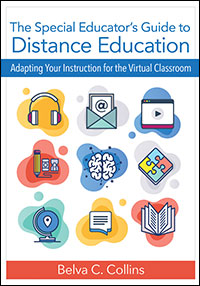
Edited by Belva C. Collins, Ed.D.
This one-of-a-kind guide is the first dedicated book on distance learning for special educators. With contributions from more than 35 experienced educators, this book covers all types of distance learning from Grades PreK through 12—both real-time and asynchronous, from higher-tech online teaching to instruction with prepared materials.
GET THE BOOK
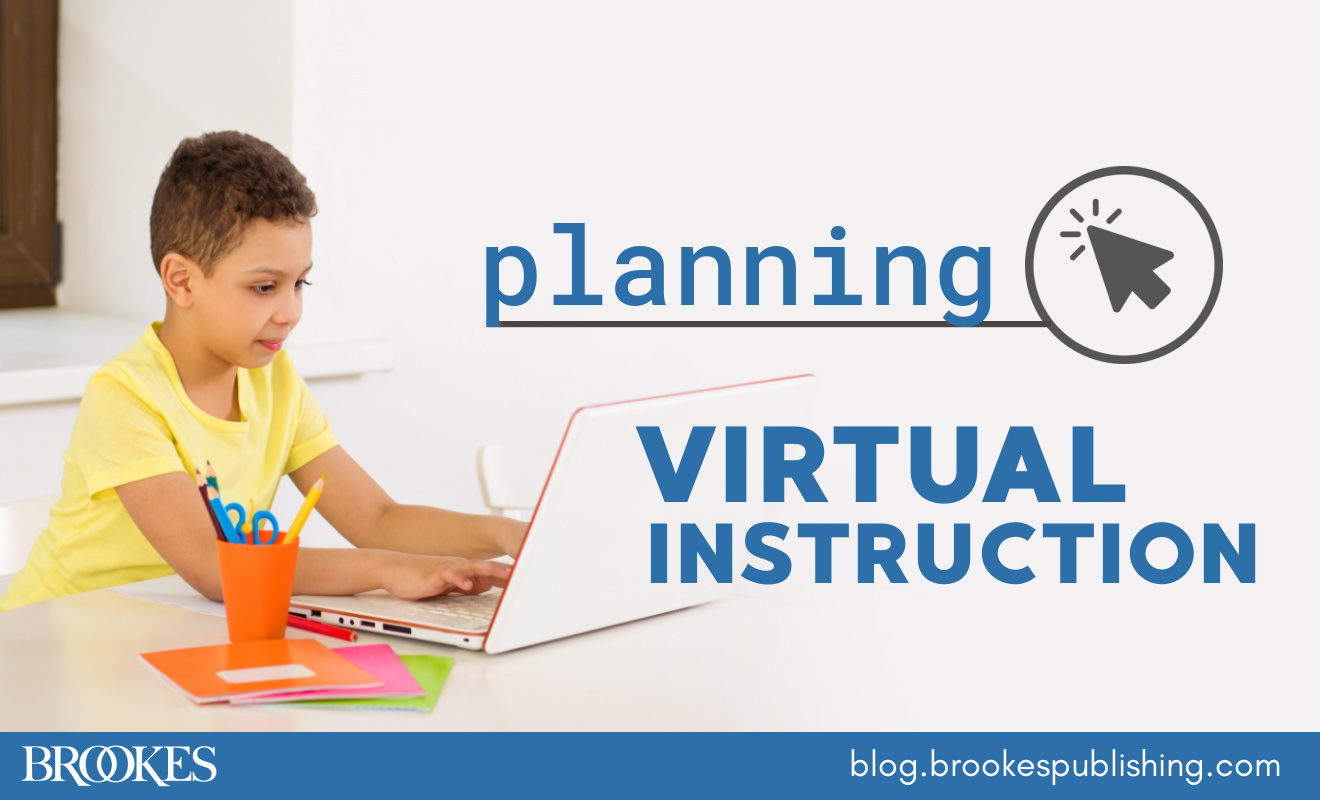



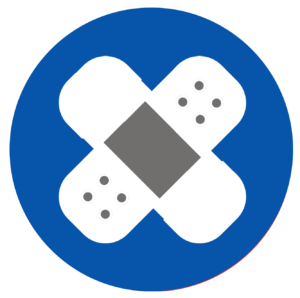

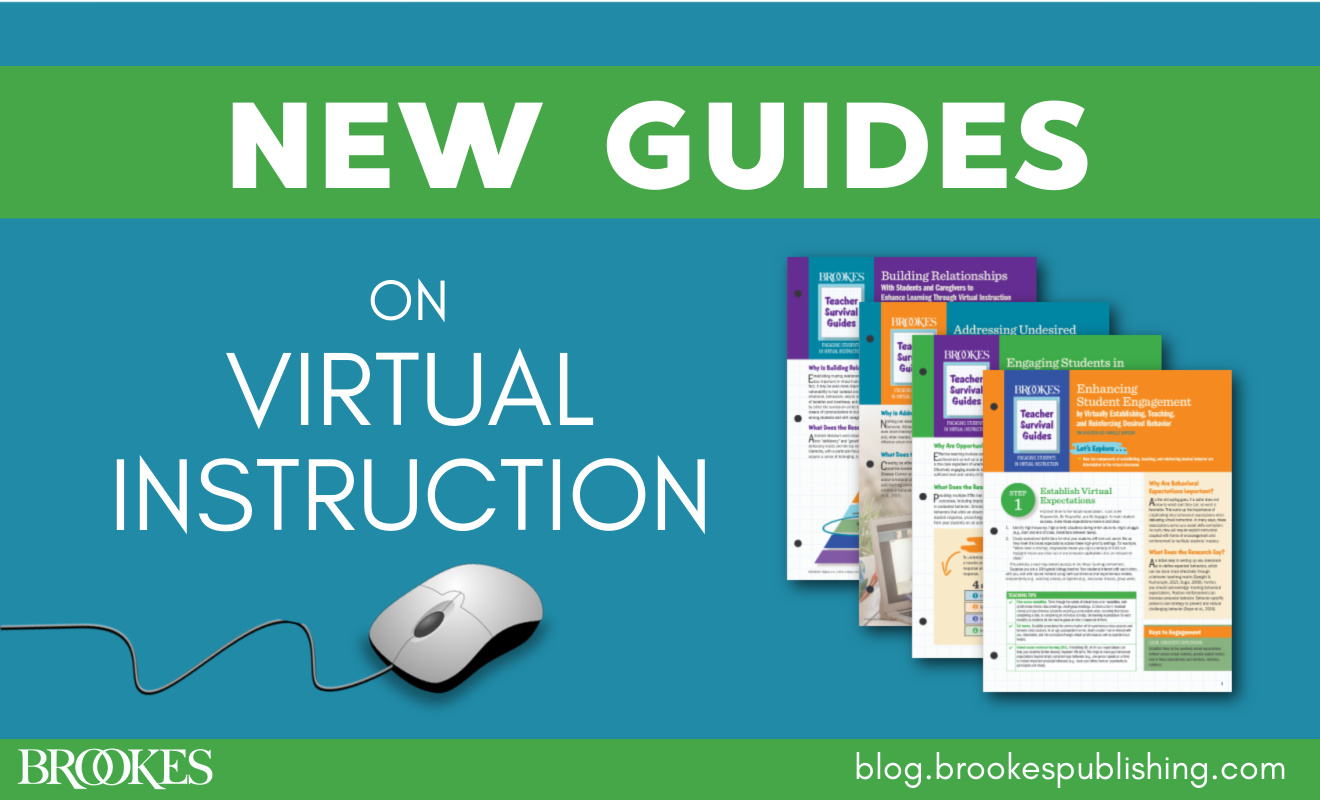
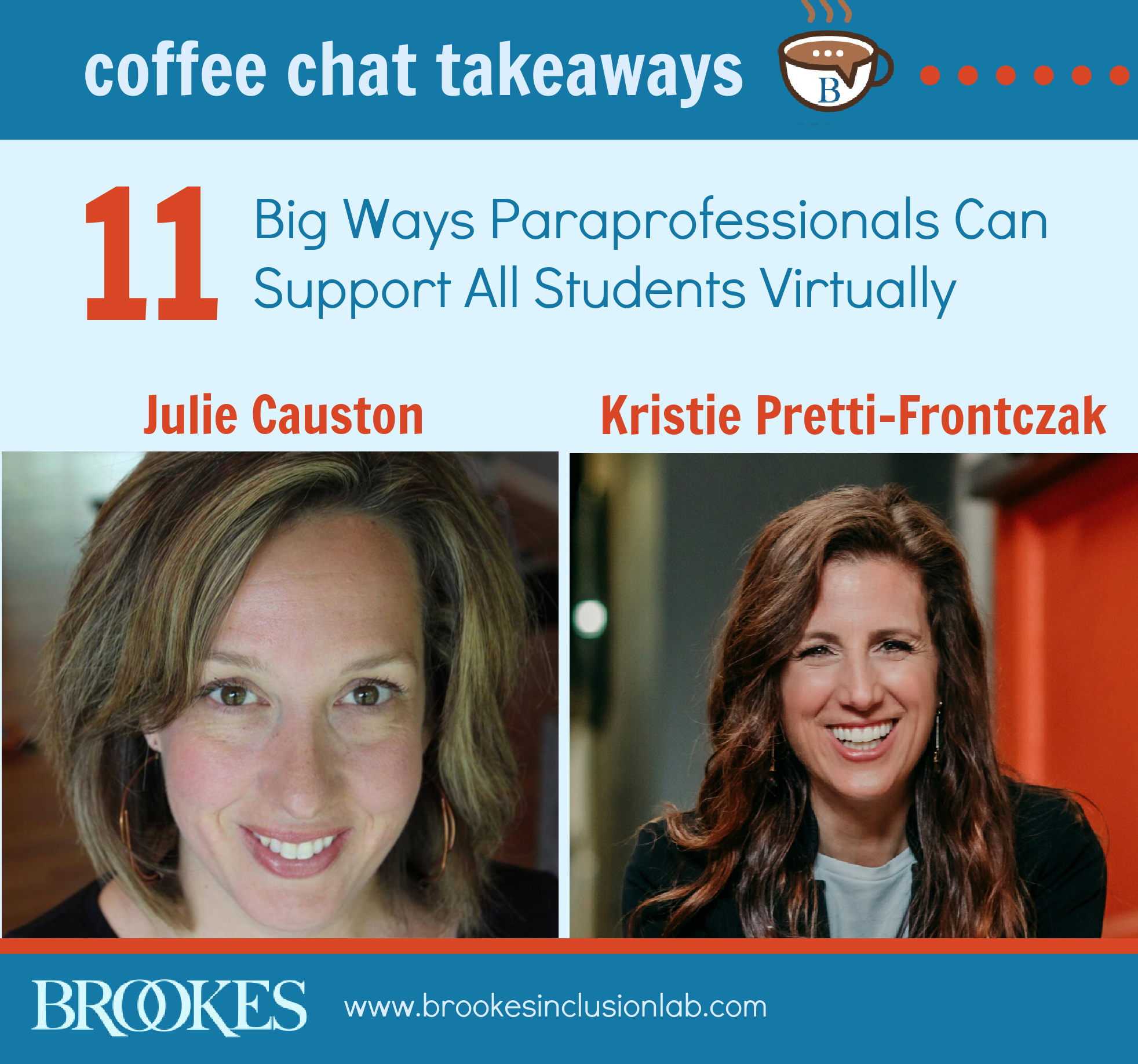
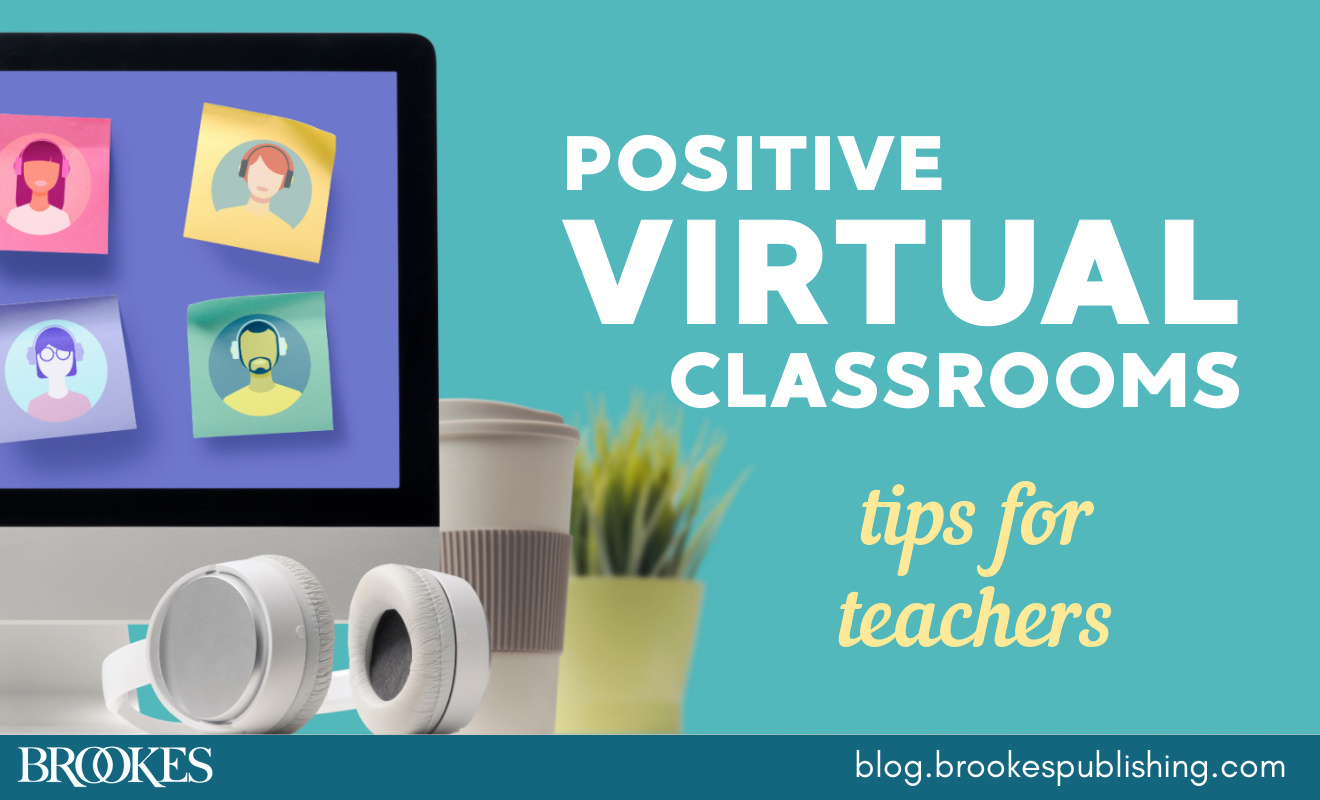
Write a Comment
Your email address will not be published. Required fields are marked *
Post a Comment